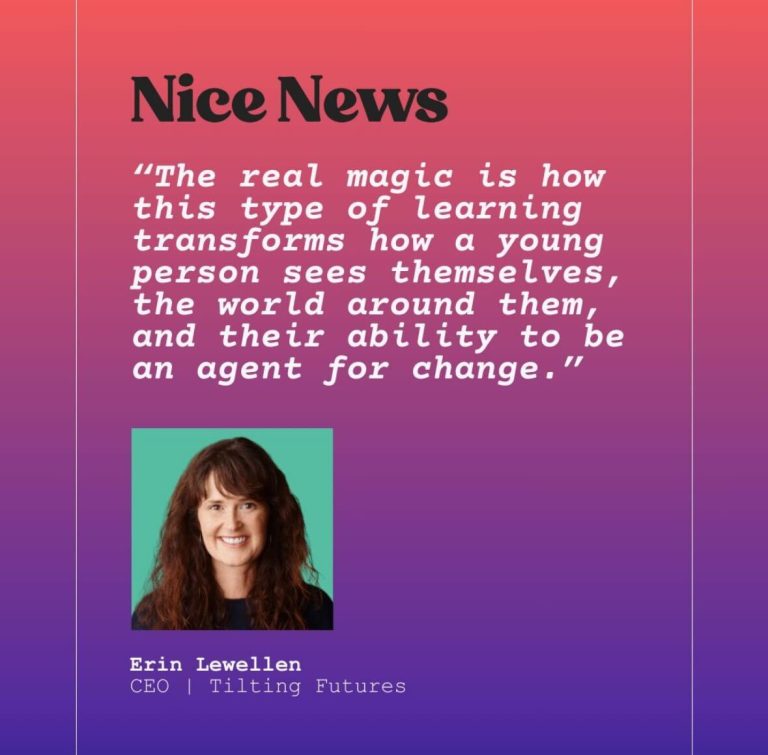NEW YORK — When you’ve saved for years, an announcement that your child wants to take a year off before heading to college can be scary.
There’s the fear she’ll never find the motivation to go to school. The concern she’ll fall behind. And the prospect of paying for an expensive program to fill the time.
The growing popularity of delaying college for a “gap year” has generated much attention about the cost. Prepackaged programs promising life-altering experiences are replacing the old model of backpacking across Europe on a few bucks a day. But change comes at a price: programs can charge $30,000 or more.
Some parents may feel pressured to pay. But it’s possible to get the benefits of time off without digging into college savings, if you have a plan.
“A lot of people assume that this is an expensive venture,” said Holly Bull, president of the Center for Interim Programs, a gap year counseling service based in Princeton, N.J. Families should start by discussing what money is available and what the student will have to earn, she said.
Work and study
Sofi Hernandez-Crade applied to a few expensive art schools during her senior year in high school in Woodland Park, Colo., but she knew long before her 2008 graduation she wanted a year off first.
Her mother, Mary Crade, supported the idea, having taken some time before completing her own undergraduate degree: “She just didn’t seem ready for college.”
Hernandez-Crade was drawn to programs offering experiences like painting murals in South America, but the price tags were prohibitive. Such programs, often run by nonprofit organizations, typically do not pay or cover living expenses. “It was really sobering to realize that,” she said.
After saving money from working as a waitress, she enrolled in an eight-week program at Penland School of Crafts in North Carolina’s Blue Ridge Mountains, where she studied sculpture. The program costs about $7,500, including room and board.
“Penland was eye-opening,” she said. “It was extremely inspiring, and a wonderful experience being in a community of artists.”
She then returned to Colorado and worked as a nanny for seven months. Spending her days with two toddlers was challenging, but it also spurred her to learn how to cook.
Now a 22-year-old sophomore at Beloit College in Beloit, Wis., Hernandez-Crade said her gap year provided “a strong sense of independence and life experience that is irreplaceable.”
Hernandez-Crade thinks the time helped her become a more focused student. “Having to take care of and be responsible for two little people, it helped me,” she said. “College seems kind of easier after something like that.”
A year of service
Daniel Cowen grew up in a relatively wealthy suburb of Boston, aware of the privilege he enjoyed. When he graduated high school in 2008, he wanted to give back, and experience living in a more diverse community.
So he applied to City Year, a private group partnered with the AmeriCorps national service program that places young people in schools in 20 U.S. cities, where they tutor and mentor children.
The Washington, D.C., school where Cowen worked provided a contrast to the orderly elementary school he attended. “I walked into a school where chaos is normal,” he recalled.
Cowen both assisted a second-grade teacher and helped out with after school programs.
“City Year really made me realize the value of an education and how lucky I am to be going to university,” said Cowen, who is now studying public policy at Syracuse University.
City Year can also help pay for college. It offers a small stipend to cover living expenses, and graduates are eligible for an award of nearly $6,000. Those who complete it or certain other AmeriCorps programs and go on to college may also qualify for additional assistance from close to 90 colleges nationwide. Syracuse is covering half Cowen’s tuition.
Applications to City Year have tripled in the past three years and the organization is on track for 10,000 applications for 2,000 positions this year.
A matter of choice
There’s no blueprint for a gap year — that’s part of the appeal. When consultant Holly Bull works with a client, “I lay out this smorgasbord of options and watch for what makes them lean forward,” she said.
One of the lures is the ability to experience different things during the time off, so she encourages trying two or three options.
If students are attracted to high-priced programs, like working on a foreign development project, there are ways to lower the price. Some universities, such as Princeton, offer free or low cost programs for admitted students.
Assistance may also be available through some private programs. For instance, Global Citizen Year, a San Francisco-based organization that places students in Senegal, Ecuador and Brazil, offers scholarships to help defray the $26,000 cost.
The two-year-old program looks at the same financial aid forms required by colleges and offers assistance on a sliding scale, said CEO Abby Falik. A third of its 33 participants is on full scholarship and another third have partial grants.
Structured programs have some advantages, especially for international experiences, like the ability to provide help in emergencies and guidance for dealing with unexpected issues.
Some colleges may offer academic credit to students who complete organized programs, or enable students to place out of foreign language requirements. That can also help defray the cost.
“What we’ve seen so far is our kids after this year are hungry for college,” Falik said. “They have a skill set that will help them be much more self-directed.”



